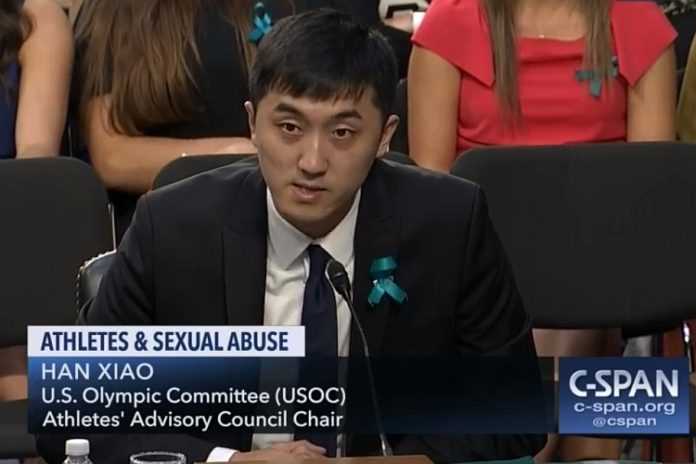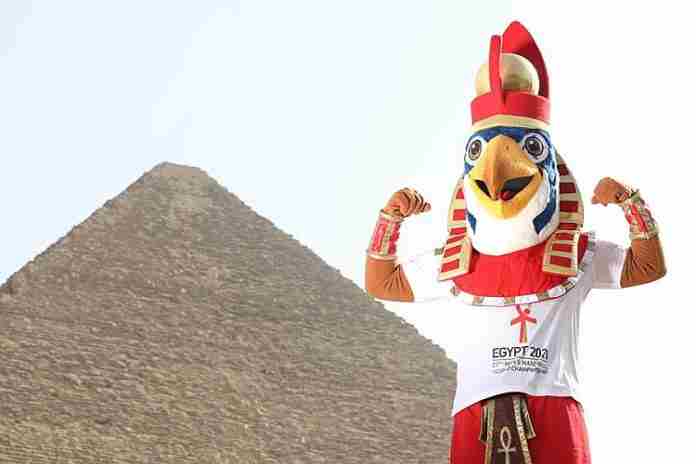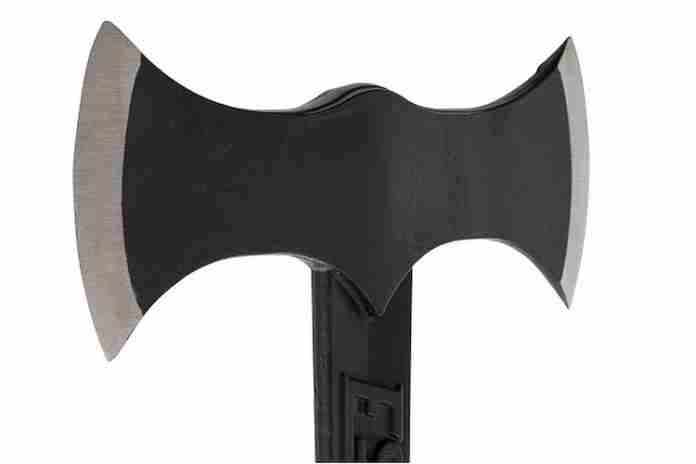(★ Friends: So grateful for our 34 donors toward our December bill for server and support costs; we’re at 81% of our goal. If you would like to join in, please donate here. Your enthusiasm is the motivation for this site. ★)
Hurry up!
Amid all the tumult in Washington, D.C. these days, Tuesday (12th) was a significant day for the in-formation Commission on the State of U.S. Olympics and Paralympics. Four new members were announced by House Energy & Commerce chair Frank Pallone (D-New Jersey):
● Edwin Moses, the legendary two-time Olympic gold medalist in the 400 m hurdles and Emeritus Chair of the U.S. Anti-Doping Agency;
● Han Xiao, the Chair of the U.S. Olympic & Paralympic Committee Athletes’ Advisory Council;
● Patty Cisneros Prevo, a three-time Paralympian in basketball in 2000-04-08 and winner of gold medals in Athens and Beijing;
● Karin Korb, a 2000 and 2004 Paralympian in tennis.
This brings the named members of the Commission to 10, with six appointments remaining: two from Sen. Roger Wicker (R-Mississippi) and all four from Sen. Maria Cantwell (D-Washington).
Already named were Olympians John Dane (sailing) and Brittney Reese (track & field) by Wicker and former Indiana Governor Mitch Daniels, Oregon athletic director Rob Mullens, Paralympian Melissa Stockwell, and former Department of Defense Inspector General Joe Schmitz by retired Rep. Greg Walden (R-Oregon).
But with a report due to the Congress by the end of July 2021, the clock is already ticking. Beyond simply naming the Commission members, there are staff to hire, a meeting must be held not later than 30 days after the naming of the last member and at least one public hearing must take place (or more if desired).
The Commission’s responsibilities are set out in the Empowering Olympic, Paralympic and Amateur Athletes Act of 2020 (“EOPAAA”: Public Law 116-189):
(1) “a review of the most recent reforms undertaken by the United States Olympic and Paralympic Committee;”
(2) “a description of proposed reforms to the structure of the United States Olympic and Paralympic Committee;”
(3) “an assessment as to whether the board of directors of the United States Olympic and Paralympic Committee includes diverse members, including athletes;”
(4) “an assessment of United States athlete participation levels in the Olympic and Paralympic Games;”
(5) “a description of the status of any United States Olympic and Paralympic Committee licensing arrangement;”
(6) “an assessment as to whether the United States is achieving the goals for the Olympic and Paralympic Games set by the United States Olympic and Paralympic Committee;”
(7) “an analysis of the participation in amateur athletics of (I) women; (II) disabled individuals; and (III) minorities;”
(8) “a description of ongoing efforts by the United States Olympic and Paralympic Committee to recruit the Olympic and Paralympic Games to the United States;”
(9) “an evaluation of the functions of the national governing bodies (as defined in section 220501 of title 36, United States Code) and an analysis of the responsiveness of the national governing bodies to athletes with respect to the duties of the national governing bodies under section 220524(a)(3) of title 36, United States Code; and”
(10) “an assessment of the finances and the financial organization of the United States Olympic and Paralympic Committee.”
(Sec. 220524(a)(3) requires NGBs to “keep amateur athletes informed of policy matters and reasonably reflect the views of the athletes in its policy decisions”)
Xiao’s inclusion in the Commission is especially important in view of his impressive testimony before the Senate Subcommittee on Consumer Protection, Product Safety, Insurance, and Data Security in July, 2018. Many of the suggestions he made there were included in S. 2330, the bill which became law in October 2020. However, one item was not included and could come up again in the Commission:
“I recommend establishing an autonomous Inspector General’s Office, reporting to Congress and the AAC. The role of this office would be to hear athlete concerns confidentially, without fear of retaliation, about the governance and operation of the USOC and NGBs, to independently investigate issues in the Olympic and Paralympic Movement, and to determine necessary corrective actions.
“Establishing this office and providing additional oversight would contribute greatly to a necessary cultural shift within our movement toward a focus on serving our country’s athletes.”
Some of these functions were included in an expansion of the “Athlete Ombuds” office in the final bill, but without the wider investigative authority of an Inspector General, or the reporting to the Congress. Well, Schmitz was the Inspector General for the U.S. Department of Defense from 2002-05; his insight will be helpful.
What else could the Commission consider? Perhaps:
● Should members of U.S. “national” teams or Olympic teams be paid a salary – or “training stipend” or whatever you want to call it, from the time from the Games until the next “national team” event such as a World Championship, is named?
USA Swimming already does this and more, in its Quad Athlete Support Program – and doesn’t enough credit for it – offering monthly stipends of $3,244 for its medal-class performers as well as smaller amounts to college and even high school swimmers.
● The USOPC runs training centers in Colorado Springs, Colorado and Lake Placid, New York and has agreements for training center usage at 11 other sites in Alabama, California, Colorado, Florida, Illinois, Indiana, New Jersey, Oklahoma and Utah. Are these good uses of money vs. other possibilities?
● Current law does not allow the USOPC to itself operate as the permanent National Governing Body in Olympic sport. For some of the small sports, with limited budgets, does it make sense to allow the USOPC to absorb and operate them, in order to conserve resources? It already does some of this in Paralympic sport.
● Further to the question of NGBs and training, USOPC critics alternate between red and purple when discussing the number of USOPC staff. Is the number of people employed too high, too low or just right? The USOPC’s Form 990 tax return for 2019 showed 567 employees during the year, plus 660 volunteers.
● The USOPC has seen significant declines in its public fund-raising, from – according to its financial statements – $37.2 million in 2014, $32.6 million in 2016, $23.3 million in 2018 and $8.8 million in 2019. If significantly increased, wouldn’t this allow more payments and services for athletes, from elite to grass roots?
At the same time, the USOPC’s corporate sponsorship revenue, from its share of IOC sponsorships and its own, have been all over the place: $185.0 million in 2014, $103.8 million in 2016, $144.9 million in 2018 and $134.9 million in 2019. The USOPC has not been able to create any significant, new revenue sources for itself since the 1990s; that’s a problem.
● In part, the lack of new donations and revenue are the result of a modest communications presence and profile for the USOPC and Olympic sports across the U.S. Even with the introduction of the Olympic Channel – Home of Team USA cable channel by NBC in 2017, media – and public – attention to U.S. Olympic athletes remains spotty at best.
In terms of followers on Twitter – certainly an inexact measure, but instructive on order of magnitude – the TeamUSA feed has 1.9 million followers. But that’s well behind Major League Soccer (3.3 million), the National Hockey League (6.3 million), Major League Baseball (8.7 million), the National Football League (25.9 million) and the National Basketball Association (32.0 million). That’s a gap that needs to be closed, at least a little.
● The International Olympic Committee is not happy with the ability of the U.S. Congress to dissolve the USOPC Board of Directors or to de-certify a National Governing Body – such as USA Gymnastics – in the EOPAAA statute. The World Anti-Doping Agency is unhappy with the extra-territorial jurisdiction aspect of the Rodchenkov Anti-Doping Act of 2019. Should these be amended?
Today (13th) marks the 44th anniversary of the issuance of the landmark report of the President’s Commission on Olympic Sports from 1977. A product of two years of work, it was the foundation of the Amateur Sports Act of 1978, which solved the long-running power struggle between the NCAA and the Amateur Athletic Union and centralized the U.S. Olympic Movement as the responsibility of the United States Olympic Committee.
Led by Executive Director Mike Harrigan – now retired, but a valuable and under-appreciated resource in this area – that Commission also had major business, governmental and sports stars including, but not limited to Donna de Varona, Rafer Johnson, Micki King, Willye White, Bill Toomey, Dr. Ernie Vandeweghe, House members Jack Kemp, Ralph Metcalfe (the Olympic 100 m silver winner in 1932 and 1936), Bob Michel and Norm Mineta, and Sen. Ted Stevens, for whom the bill was named for years later.
They created a structure which continues to work today, but not as well as the original Commission intended. Harrigan has explained why in private and public comments over the years, but the new Commission would do well to learn what went right and what went wrong over the last 44 years from one who knows.
But the clock is ticking; Sens. Cantwell and Wicker, what are you waiting for? Hurry up!
Rich Perelman
Editor
You can receive our exclusive TSX Report by e-mail by clicking here. You can also refer a friend by clicking here, and can donate here to keep this site going.
For our 709-event International Sports Calendar for 2021 and beyond, by date and by sport, click here!

























